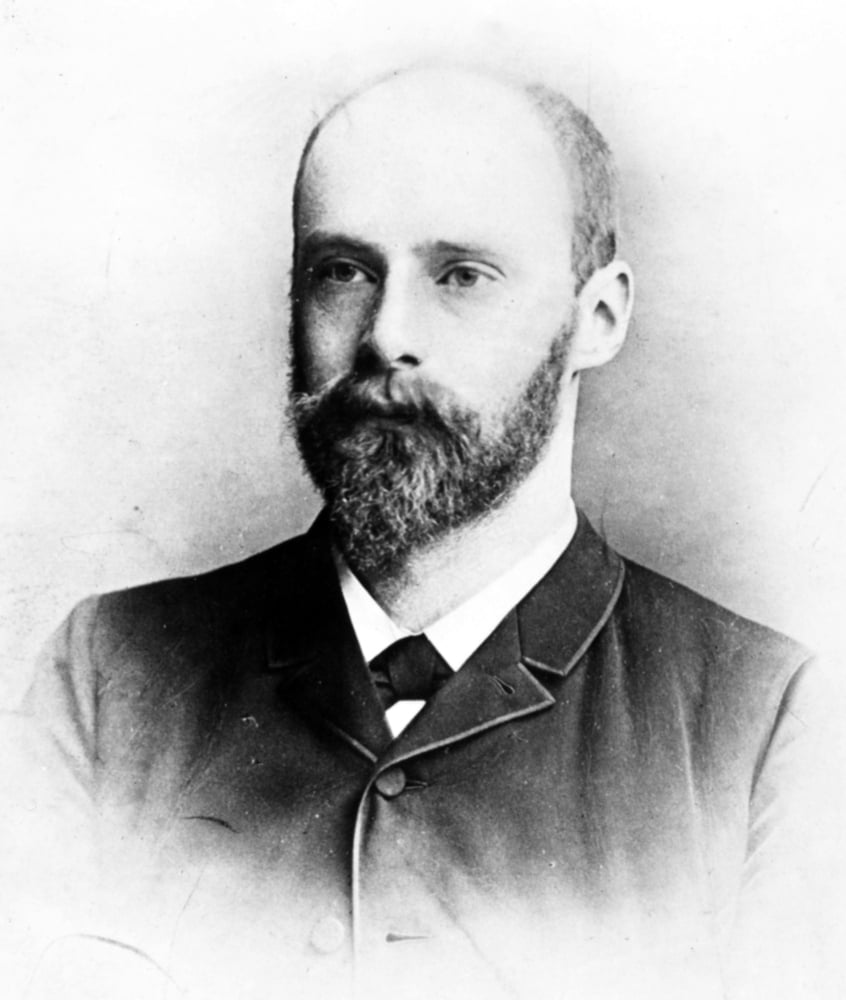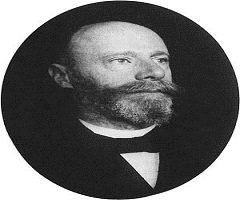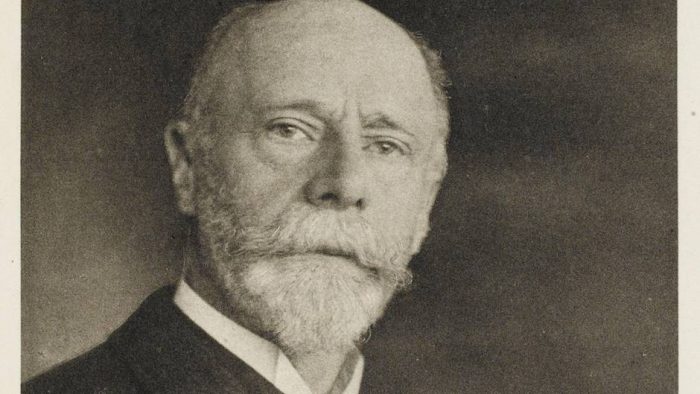

When Willem learned of that obstacle, he took a supplementary examination that enabled him to apply to a doctoral program and earn his degree. Graduates of that school who entered a university were not permitted to submit a formal doctoral thesis. 18 His high school, Hogere Burger School, shortened its preparation of students for higher academic study by omitting Latin and Greek from the curriculum. At age 10, Willem moved with his family to Utrecht, where he attended high school and acquired early medical training. When Willem was 6 years old, his father died of a stroke. It can at most be of rare and occasional use to afford a record of some rare anomaly of cardiac action.” 16 As late as 1911, he said, “I do not imagine that electrocardiography is likely to find any very extensive use in the hospital…. 15 Waller was reluctant to appreciate the potential of his findings. Waller noted 2 deflections that corresponded to ventricular depolarization and repolarization, and he named them V 1 and V 2, which are known today as the QRS complex and the T wave. 14 This idea was later adapted to the electrocardiograph. 9 Waller showed that electrical activity of the heart could be recorded from the chest wall (and, later, from the esophagus) by use of Lippmann's capillary electrometer. 11 He would change this term to “cardiogram” a year later. Waller recorded the first human “electrogram” (as it was then called) in a clinical and physiological environment. In 1887, the medical doctor and physiologist Augustus D. 1 The capillary electrometer designed by Gabriel Lippmann. The displacement was projected onto a screen with a moving photosensitized paper, which produced a permanent record.įig. Changes in electrical potentials produced movement of the mercury meniscus. One end of the glass tube was drawn out into a fine capillary tube that was immersed vertically in a bath of diluted sulfuric acid ( Fig. 12 The capillary electrometer, as described by Barold, 9,13 consisted of a glass tube that contained mercury. 10,11Īnother important instrument that preceded the electrocardiograph was the capillary electrometer, which was created in 1873 by Gabriel Lippmann, a 1908 Nobel Prize laureate in Physics. Bartholomew's Hospital in London) that had been designed to record transatlantic signals.

He used a Thomson siphon recorder (available at St. The 1st successful recording of electrical rhythm in the human heart was likely achieved by Alexander Muirhead in 1869. This differential rheotome (or “current-slicer”) was one of Bernstein's several seminal contributions, which included the theory of bioelectricity of the cell. Bernstein improved this device so that it measured the time course of electrical activity in muscles. His mentor, Emil du Bois-Reymond, had invented a rheotome. In 1868, Julius Bernstein accurately defined the concept of action potential that prevails today.

In 1842, Matteucci introduced and described the term action potential after showing that the nerve of a suitably prepared frog limb-when placed over the muscle of a similarly prepared limb and stimulated-could contract the muscle below it. Carlo Matteucci, a student of Leopold Nobili (who invented the thermopile), was a mathematician who was interested in physiology.

The concept of “action potential” contributed to the creation of the electrocardiograph. A resultant measuring device, the electric rheoscope, became known as the “galvanometer” in tribute to Galvani. In 1820, the Danish scientist Hans Christian Oersted noted that changes in electrical current could deflect a needle. 1–3įor 3 decades thereafter, electrical activity was measured inaccurately by the study of contractions in frog legs. Galvani described his work in a manuscript in 1791, De Viribus Electricitatis in Motu Musculari. The discovery that nervous action could be induced by artificial electrical phenomena marked the beginning of the study of electrophysiology. In 1790, the Italian scientist Aloysio Luigi Galvani caused a dead frog's legs to move by means of electrical stimulation from a completed circuit that connected dissimilar metals. Electromotive Activity of the Heart: Early Measurement


 0 kommentar(er)
0 kommentar(er)
